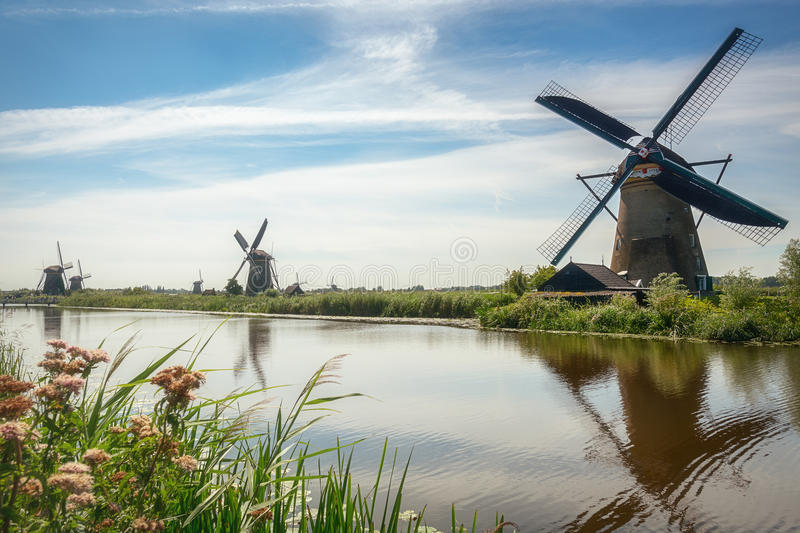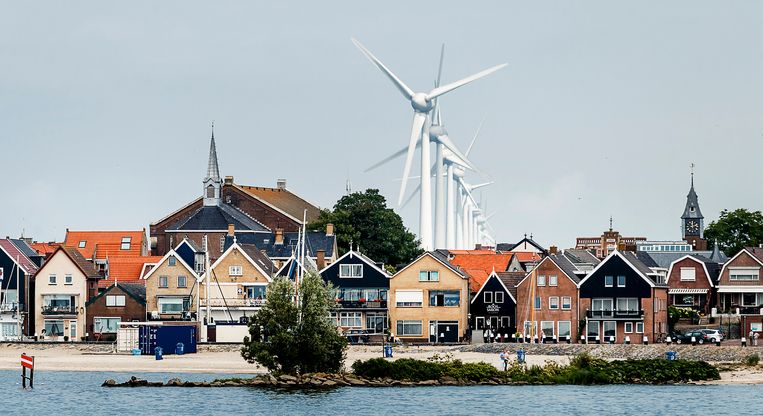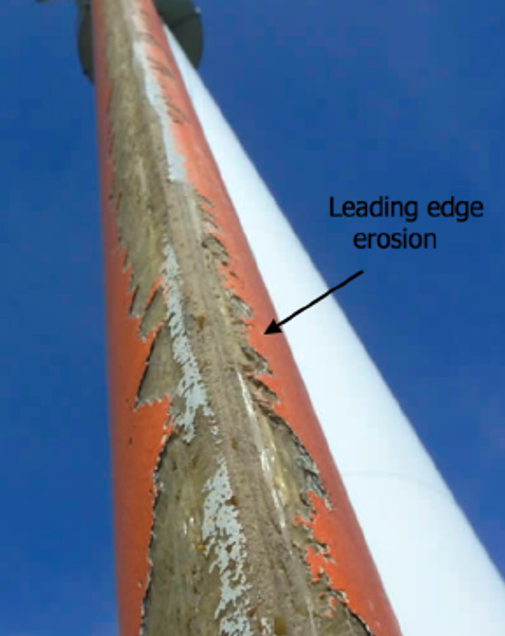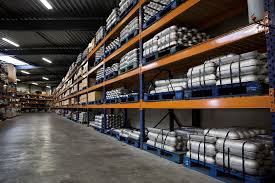
This is, among other things, our beautiful Netherlands

This is undesirable
By Ap Cloosterman
Most Dutch people prefer not to see windmills in their immediate living environment. In the past few years, many organizations have emerged against the installation of wind turbines on land. Nederwind Network is one of them and consists of a hundred organizations. In addition, there are about 20 other organizations active.
There is hardly any difference in views on the disadvantages of wind turbines in terms of our well-being and health. But despite that, the installation of wind turbines on land in particular continues!
Wind turbines have the following disadvantages/problems:
- Wind turbines in the landscape are experienced as disturbing and ugly. Due to their height and their wingspan the size of a football field, the turbines are visible at a distance of tens of kilometres. In addition, it leads to significant loss of value or un-saleability of homes of local residents.
- The wind speed is very variable: wind power is an unstable source of energy generation.
- The supply of electricity generated does not correspond to the demand.
- For the Netherlands and other small countries, the use of space plays an important role. A football field covers a space of 0.007 km².
To generate a capacity of 225 MW, the following ground surface is required:
Wind farm 242 km²
Solar Park 9.7 km²
Nuclear power plant 0.06 km² - The production of wind turbines requires steel and aluminium. The extraction and production of these is a costly, polluting and energy-consuming process.
- For the production of the magnets in the wind turbines, the precious and difficult to extract earth metal neodymium is needed. In Baotou (China), neodymium must be separated from uranium and thorium. Along with other toxic chemicals, the waste is dumped into basins and lakes. Groundwater is contaminated and the air contains high concentrations of toxic substances. A serious damage to the environment!
The construction of the wind turbines mentioned in the energy agreement may cost the lives of hundreds of Chinese workers and make thousands of people seriously ill.
Sustainability doesn’t end with boundaries. - Each wind turbine kills an estimated 20 birds per year. Bats perish due to the pressure differences at rotor blades.Drop shadow and/or glare can be a nuisance for the residents. The drop shadow is created when the sun shines on the rotating blades, which can result in a ‘flicker’.
2.5 to 14 flickers per second can cause seasickness or epilepsy in those who are sensitive to it. - Wind turbines cause low-frequency noise. The Dutch Association of Local Residents wind turbines (NLVOW) warns of low-frequency sounds, which are experienced by the human hearing organ as a vibration or heavy hum. The WHO (World Health Organization) has determined that sources of noise pollution, including wind turbines, are a major threat to public health.
- Wind turbines emit electromagnetic radiation. For local residents, this leads to all kinds of health problems. There is an increased risk of cardiovascular disease, insomnia, depression and an increase in the use of antidepressants and sleep medication.
- There may be an influence on the weather: turbulence of turbines rotating one after the other mixes, higher and lower layers of air are mixed, so that more wind, fog and heat can arise at ground level.
- In February 2022, a report was issued by a number of medical professionals and a professor of health care about a new aspect in terms of health damage caused by wind turbines.
The subject is erosion. Erosion is caused by wind, rain, hail and snow, which can cause crushing into fine dust of rocks. This process also occurs during the wear of the blades of wind turbines. In about 15 to 20 years, the polyester and polyurethane blades are worn out and need to be replaced. See image.

The erosion on the blades causes particulate matter
A blade of a 4MW wind turbine weighs 15,700 kg. Per blade there is a weight loss of 60 kg per year. Per wind turbine, this is 180 kg per year of particulate matter. In the Netherlands there are now about 3000 windmills and if you are talking about Western Europe, there are tens of thousands of windmills.
The resulting particulate matter is a health problem in itself, but the particulate matter also contains bisphenol A.
Bisphenol belongs to the group of aromatic, carcinogenic compounds, such as benzene and toluene.
Bisphenol A is a very harmful hormone-disrupting substance with effects on reproduction, metabolism, the immune system and the development of children. According to the RIVM, these effects can occur even with small amounts.
Another point is the processing or storage of the worn blades. These cannot yet be recycled and are therefore buried underground. The eight-page “Safety data sheet Bisphenol A” explicitly states that bisphenol A must absolutely not end up in the soil. No one knows what degradation process will take place in the soil and it can therefore happen that the bisphenol A contaminates the groundwater.

In 2030, 52,000 blades will have to be buried
The installation of offshore wind farms also causes the necessary problems:
- Offshore wind turbines can be dangerous obstacles to shipping.
- In order to be able to achieve our climate goals, we are pounding one windmill mast after another into the ground (pile driving) in the North Sea with a lot of noise. Life under water suffers a lot from this. Fish and marine mammals suffer hearing damage as a result of pile driving and can even die from the effects of noise. And in the meantime, the noise standards are not strictly enforced. Are we pushing life in the North Sea to the limits?
- The noise from the turbines spreads underwater over long distances. As a result, fish may avoid these areas.
Wageningen Marine Research is now conducting research into the effects on nature of offshore wind turbines and how they can be limited. In particular, the sum of the wind farms, the so-called cumulative effects, is also considered.
Researchers and experts emphasize that there is a lot of uncertainty about the exact consequences. - The masts of wind turbines are made of steel and are susceptible to corrosion by the salty seawater. With a metallic compound with sacrificial anodes of zinc or aluminum, protection against corrosion is obtained.

Sacrificial anodes
With a metallic connection of two metals in an aqueous solution, the most reactive metal will be sacrificed in favor of the more precious metal. Zinc and aluminum are more oxidative than iron.
Example from everyday life: in a zinc gutter, in which a nail lies, leakage will occur over time because the zinc has dissolved on the spot. The nail still looks like new!
This protection is also used for steel ship walls. And that means that large amounts of metal ions end up in the seawater due to the sacrificial anodes.
The further expansion of offshore wind turbines will release thousands of tons of toxic metal compounds into the North and Baltic Seas in the coming years. See Windmills pollute the North Sea with toxic metals – Visserij.nl
It is very bad that an environmental impact assessment (EIA) does not yet apply to this.
From the above list it may have become clear to you that wind turbines are not the solution for a sustainable energy transition.
The focus should therefore mainly be on:
- Nuclear energy (uranium)
- Geothermal
- Hydrogen
- Solar heat (panels on roofs)
- Residual heat from industries.
And possibly in the longer term
- Nuclear energy (thorium)
- Blue Energy(Blue Energy – De Afsluitdijk)
- Nuclear fusion(ITER – Wikipedia)
Saving energy and insulation of buildings and homes are of course always useful.
